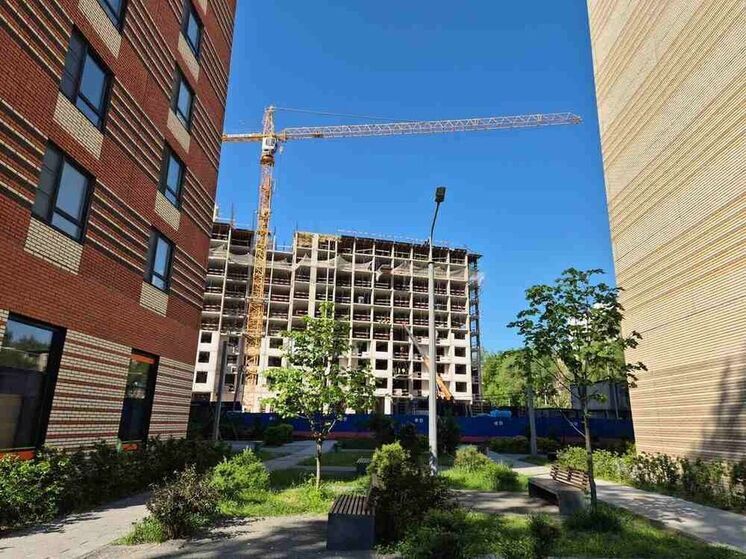Slowdown in new construction projects will lead to investors shifting from deposits to real estate – industry experts

One of the most important effects of the high key rate of the Bank of Russia and, accordingly, the suppression of demand and development by prohibitive increases in the cost of loans is the halting of new investment projects, according to economist and deputy chairman of the State Duma Committee on Economic Policy Mikhail Delyagin.

test banner under the title image
- At least since last summer, large commercial structures, including builders, have been completing previously started investment projects, but not starting new ones, the deputy points out. - A beautiful indicator of investment growth is the result not only of understating inflation and government investment, but also of continuing projects that are being completed by inertia.
This fully applies to housing. After the actual termination of mortgages, including because it became much cheaper for the budget to simply give people apartments than to pay for the banks' excess profits, but there was no interest in this, today the completion of old projects is accompanied by the actual refusal of new ones.
In this regard, it is interesting: by the time of a significant reduction in the key rate, which will again push investors towards real estate, a stable supply deficit may form on the market, which may cause a new jump in real estate prices. It is in anticipation of this period that housing of normal location, quality of construction and utilities is now being bought up.
Moreover, investors themselves tend to delay them with all their might in order to survive until the market situation normalizes. Deputy Prime Minister Marat Khusnullin admits: "Now developers are already delaying the construction process due to a lack of funds to place in escrow accounts against the backdrop of falling demand for housing."
Accordingly, a reduction in the supply of new buildings will inevitably happen in 3-6 months against the background of potential demand that is not satisfied due to rapidly passing circumstances. With a key rate of 20%, the best short-term investment is a deposit, but the key rate will decrease at least due to political reasons. The attractiveness of deposits will decrease, and mortgages will gradually become more accessible as the key rate decreases.
Professor of Digital Finance Practice at RANEPA Alexey Voylukov agrees with the economist and draws attention to the fact that from April 1, 2025, the Central Bank limited the issuance of super-long loans, as well as those with a low down payment and a high debt burden of the borrower. Is it worth talking about a reduction in new construction in this regard? The expert draws attention to the fact that this was assessed by the market as a readiness to move the key rate further in any direction. In fairness, it should be noted that reducing the rate from 21% to 20% is largely symbolic; this decision is not capable of restarting the credit cycle. This will definitely not cause an increase in mortgage lending, with all the ensuing consequences - and, of course, stagnation in construction. In the future, this lays the foundation for the prospect of a "shock" in the market and a transition from a decrease in prices to a fairly noticeable increase. In the construction industry, stagnation risks turning into a recession, and this is fraught with a slowdown in the commissioning of new buildings.
Authors:
mk.ru





